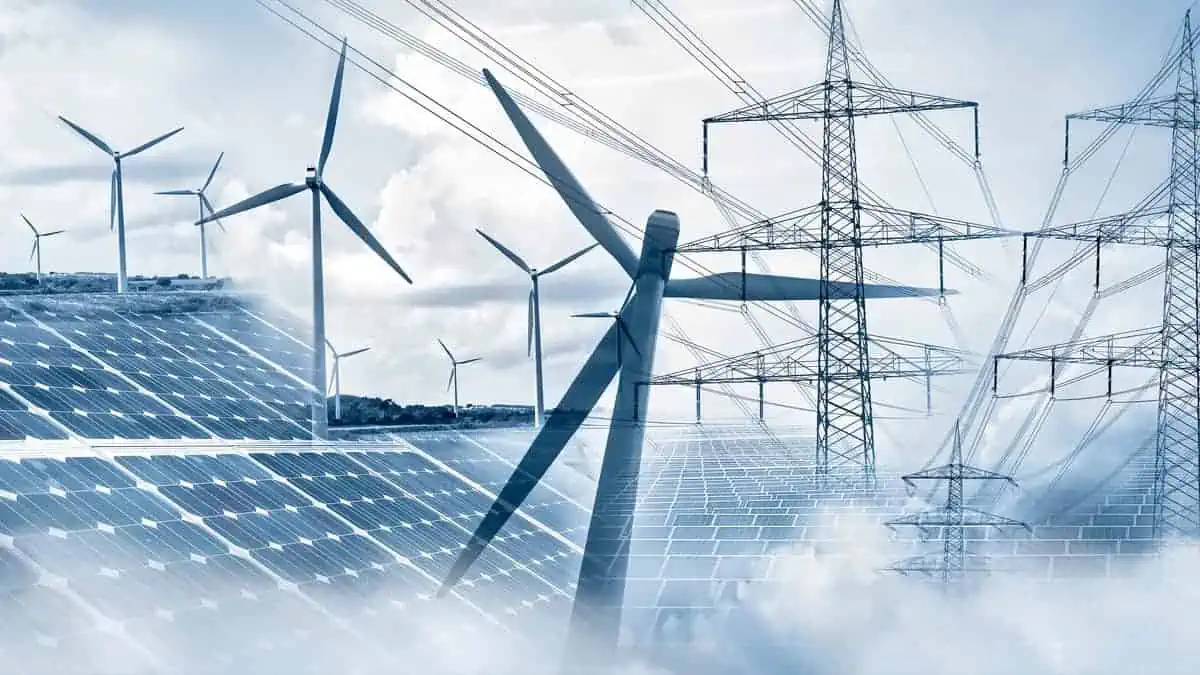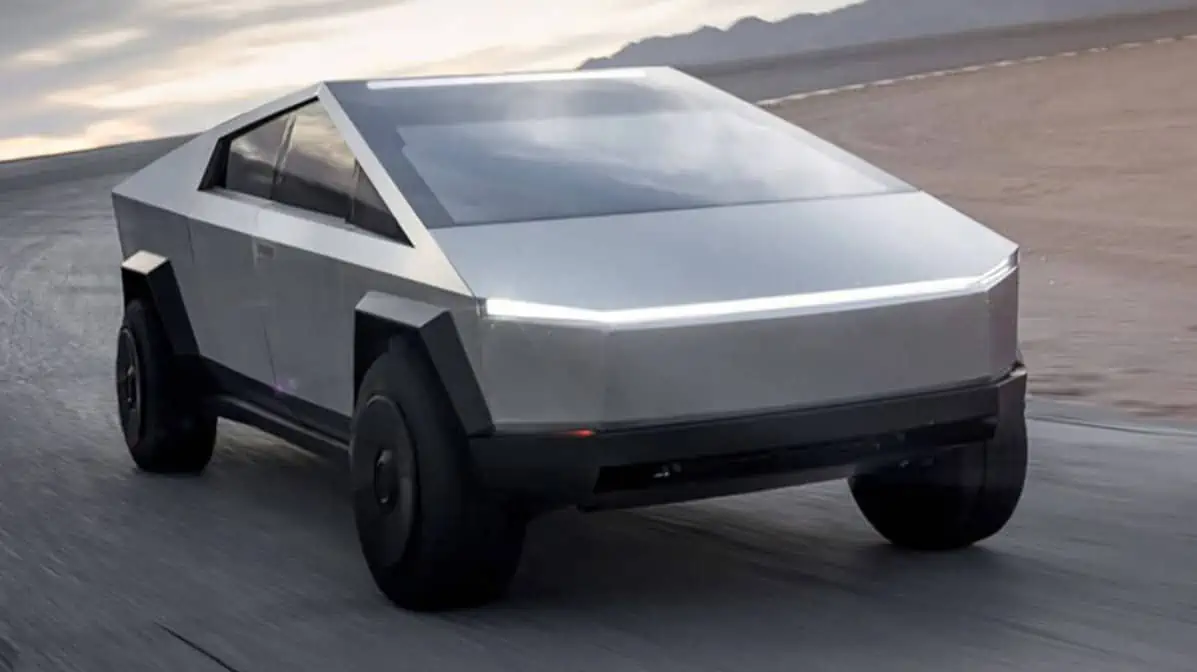According to a new report, the European Union is on track to surpass its 2030 objective for clean energy technologies, as the deployment of solar and heat pumps increased last year due to Russia’s war in Ukraine and the ensuing energy crisis.
Based on a report released on Tuesday by Ember, Brussels penciled in a 40% renewable energy goal by 2030 in the Fit for 55 packages it introduced in the summer of 2021, but the 27-country bloc is expected to reach less than 45%.
This is partly due to Russia’s attack on Ukraine, which began in February 2022 and exacerbated a European energy crisis as European economies wanted to wean themselves off Russian fossil fuels. Moscow ceased delivering gas to many countries.
Enegery transformation of European countries
According to the independent energy thinks tank, European countries “turbocharged” their energy transformation in response, with investment in clean technologies increasing by nearly a third year on year to new record highs.
Solar deployment was similar, with more than 40 GW placed across the EU last year, a 47% rise compared to the previous year.
Meanwhile, according to estimates, new capacity is expected to exceed 50 GW by 2023.
Thanks to this exponential growth, the Fit for 55 solar targets should be met four years early, in 2026, with Germany, Spain, Poland, Italy, the Netherlands, and France expected to contribute the most.
Last year saw significant growth in both heat pumps and electric vehicles.
Heat pumps in 2030
In 2022, the EU sold a record 3 million heat pumps, equivalent to roughly 4 billion cubic meters of natural gas. This increased the total stock to around 20 million, meeting an interim goal set for 2026.
Projections now place the number of heat pumps set up by 2030 at 60-72 million, far exceeding the 40 million units predicted in the Fit for 55 packages.
Whereas, despite a challenging year for car sales in general, sales of electric vehicles have continued to rise.
The auto sector is now optimistic that it will meet the target for transportation electrification, which calls for a fivefold rise between now and 2030.
Except for the wind, solar did not outperform anticipations last year, and new onshore capacity installed fell short of the Fit-for-55 target, despite a 40% increase over the previous year.
The outlook for offshore wind is more optimistic, with projects under development adding 70.5 GW capacity, close to a new interim target of 111 GW set earlier this year.
EU’s renewable energy target in 2030
According to Ember, the recent trends observed over the last year should prompt the EU to raise its targets.
A new energy reality has unfolded across Europe since the Fit-for-55 package was presented eighteen months ago, with record-breaking clean energy investments reflecting the security and economic imperatives for increasing renewables,
Clean technologies are forecast to outpace Fit-for-55 expectations, putting the EU on course for at least 45% renewables by 2030. As 40% renewables no longer reflect where we are heading, sticking with the lower target means aiming for failure
Elisabeth Cremona, Ember energy and climate data analayst stated on EU target
The European Commission and the European Parliament have stated their support for raising targets ahead of the final negotiations on the EU’s renewable energy goal for 2030, which are expected to occur in March. However, some members would prefer that the target stay constant at “at least 40%.”






